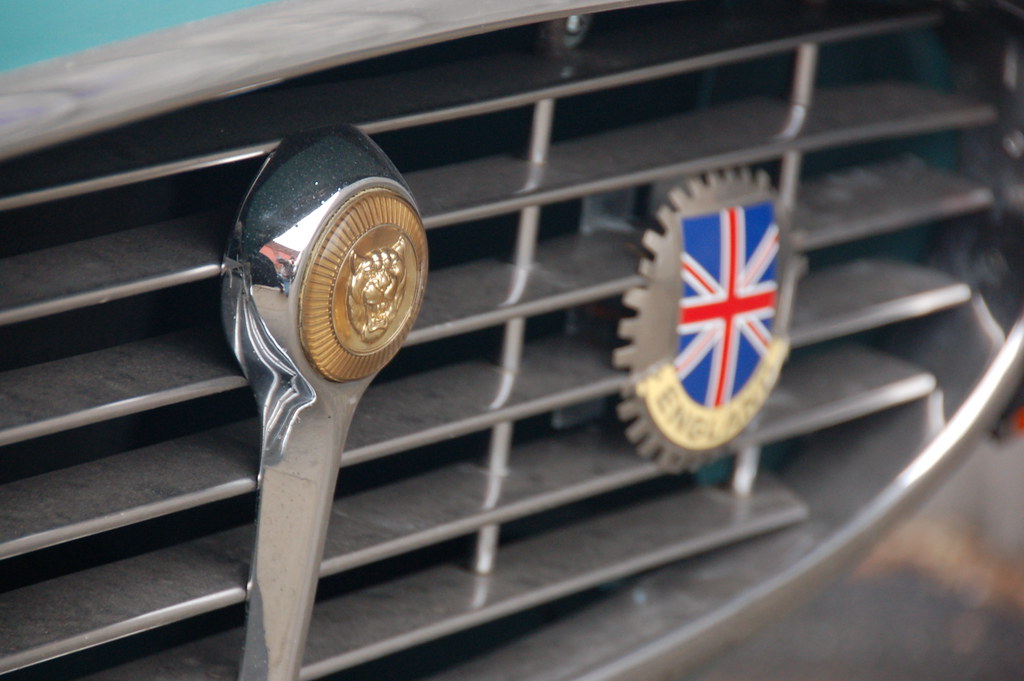Proper radiator venting is crucial for your heating system’s efficient and safe operation. This article will cover 5 important tips for ensuring proper radiator venting in your home or business.
Keep Your Radiators Clear of Obstructions
It’s important to keep your radiators clear of any obstructions, such as furniture or curtains. These objects can block hot airflow, preventing the radiator from heating up properly. Not only will this decrease the efficiency of your heating system, but it can also be a safety hazard. If the radiator becomes too hot, it can cause a fire.
Bleed Your Radiators Regularly
Bleeding your radiators is a simple process that allows excess air to escape the system. If air becomes trapped in your radiators, it can prevent hot water from flowing properly. You will need a radiator key and a cloth to bleed your radiators. First, locate the bleed valve on your radiator. It is usually located at the top and has a small square or pentagonal shape. Place the cloth under the valve to catch any water that may escape, then use the radiator key to turn the valve counterclockwise slowly. You should hear a hissing sound as the air escapes. Once the hissing stops and water begin to flow out of the valve, close the valve by turning it clockwise. Repeat this process for all of your radiators.
Check Your Boiler Pressure
Maintaining the proper boiler pressure is crucial for proper radiator venting(εξαερωση καλοριφερ). If the pressure is too low, your radiators may not heat up properly. On the other hand, if the pressure is too high, it can cause your radiators to become too hot and potentially dangerous. To check your boiler pressure, you will need a pressure gauge. The gauge should have a green zone that indicates the ideal pressure range. If the pressure is too low, you can add more water to the system using the filling loop. If the pressure is too high, you can release some of the excess pressure by bleeding your radiators.
Install Radiator Valves
Radiator valves allow you to control the flow of hot water to each radiator. This can be useful if you want to adjust the temperature in different rooms or if you need to shut off the heat in a particular radiator. There are two types of radiator valves: manual and thermostatic. Manual valves require you to turn them manually to adjust the flow of hot water. On the other hand, thermostatic valves can be set to a desired temperature and will automatically adjust the flow of hot water to maintain that temperature.
Insulate Your Pipes
Insulating your pipes can help to maintain the proper temperature of the hot water flowing through them. This can improve the efficiency of your heating system and prevent your radiators from becoming too hot. Pipe insulation is relatively inexpensive and easy to install. Measure the length of your pipes and cut the insulation to fit. Then, slip the insulation over the pipes and secure it in place with insulation tape.
By following these 5 tips for proper radiator venting(εξαερωση καλοριφερ), you can ensure that your heating system runs efficiently and safely. If you need clarification on any aspect of radiator venting, it is always best to consult a professional heating technician.

